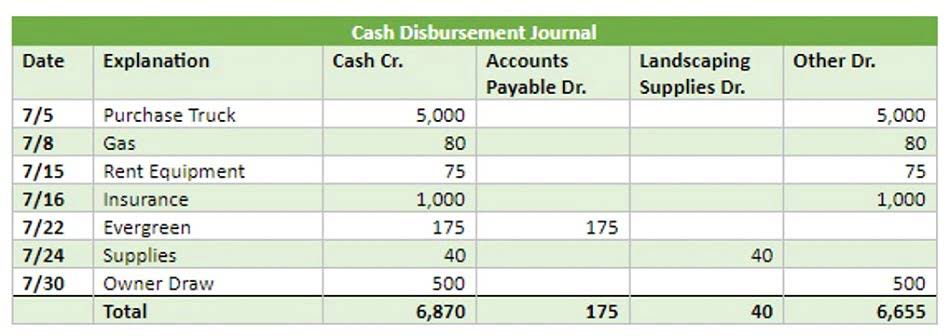
Retained earnings are also called earnings surplus and represent reserve money, which is available to company management for reinvesting back into the business. It can reinvest this money into the business for expansion, operating expenses, research and development, acquisitions, launching new products, and more. Ultimately, the company’s management and board of directors decides how to use retained earnings. These purposes could include reinvestment in business operations, debt repayment, or saving for future opportunities and contingencies.
AccountingTools

Surplus reserve refers to the portion of a company’s profits that is set aside for specific purposes, such as future investments, expansion, or contingencies. It is a deliberate allocation of funds by the company’s management to ensure financial stability and growth. On the other hand, undistributed profits are the earnings that have not been distributed to shareholders as dividends.
What Are Retained Earnings?
- In summary, undistributed profit is a valuable financial resource that companies use to reinvest in the business, strengthen their financial position, and improve their long-term growth prospects.
- In this article, we will explore the differences between surplus reserve and undistributed profit, and discuss their respective roles in a company’s financial management.
- One key attribute of surplus reserve is that it is a voluntary action taken by the company’s management.
- While surplus reserve is a more formal and regulated term, undistributed profit is more flexible and can be used for various purposes at the discretion of the company’s management.
- This information should not be considered complete, up to date, and is not intended to be used in place of a visit, consultation, or advice of a legal, medical, or any other professional.
- They are a measure of a company’s financial health and they can promote stability and growth.
Companies must carefully document the purpose of retained earnings to avoid penalties under AET regulations. Retaining earnings can lead to shareholder dissatisfaction if they perceive a lack of return on their investment. Reinvesting in new facilities, technology, or markets can drive growth and increase future profitability. An Investment Fluctuation Reserve is a provision created corresponding https://www.bookstime.com/real-estate-bookkeeping to an investment (asset).
Debt Reduction
Essentially, undivided profit refers to corporate earnings that have been allowed to accumulate over a period of time as opposed to being disbursed for other purposes. It can go by other names, such as earned surplus, but whatever you call it, understanding retained earnings is crucial to income summary running a successful business. Mismanagement or ineffective use of retained earnings can hinder growth and erode investor confidence.
- A secret reserve is created by underestimating the value of assets or overestimating liabilities on the company’s financial statements for internal purposes.
- This reinvestment can lead to higher future earnings, creating a positive feedback loop that fuels long-term growth.
- Companies often utilize retained earnings as a strategic financial tool for business expansion.
- Surplus reserve is typically created by transferring a portion of the company’s profits from the income statement to a reserve account on the balance sheet.
- As the table shows, Tech Startup Inc. retains a larger portion of its earnings to fund growth, while Blue-Chip Corp. prioritizes returning value to shareholders through dividends.
- This allows businesses to maintain control over their financial resources and pursue opportunities for expansion without relying on external financing.
- The desired strategy may depend on the amount of profit generated and the potential for value-maximizing projects.
- Retained earnings are also called earnings surplus and represent reserve money, which is available to company management for reinvesting back into the business.
- Companies retain earnings to fund growth, reduce debt, or maintain cash reserves for future needs.
- This flexibility allows businesses to make strategic decisions based on their specific needs and priorities.
This reduction happens because dividends are considered a distribution of profits that no longer remain with the company. Shareholders, analysts and potential investors use the statement to assess a company’s profitability and dividend payout potential. This case highlights the importance of balancing the retention and distribution of earnings to meet the needs of both the company and its shareholders. Profits generally refer to the money a company earns after subtracting all costs and expenses from its total revenues. Shaun Conrad is a Certified Public Accountant and CPA exam expert with a passion for teaching. After almost a decade of experience in public accounting, he created MyAccountingCourse.com to help people learn accounting & finance, pass the CPA exam, and start their career.
Surplus Reserve
This reinvestment strategy reflects management’s approach to long-term growth and financial stability. Accumulated profit refers to a part of the firm’s net profit that is preserved by the firm for future growth. Accumulated profits and reserves show the financial position of the company in the long run in terms of earning, saving, and investing such income. The main purpose of reserving the profit is to expand the business, diversify the business, and beat the competitors in the market. Similarly, Accumulated Losses are the previous year’s losses that have been carried forward by the firm.

Companies that consistently reinvest without demonstrating tangible growth may frustrate shareholders, whereas those that pay excessive dividends risk limiting their reinvestment capacity. Surplus reserve and undistributed profits that have accumulated in the company over time are called undistributed profit are two important financial terms that are often used interchangeably, but they have distinct attributes that set them apart. In this article, we will explore the differences between surplus reserve and undistributed profit, and discuss their respective roles in a company’s financial management. If a company decides not to pay dividends, and instead keeps all of its profits for internal use, then the retained earnings balance increases by the full amount of net income, also called net profit. In many jurisdictions, companies are required to maintain a minimum level of surplus reserves based on their financial performance or industry-specific regulations.

The Traditional Income Statement Absorption Costing Income Statement Format & Examples
Positive retained earnings signify financial stability and the ability to reinvest in the company’s growth. This usually gives companies more options to fund expansions and other initiatives without relying on high-interest loans or other debt. Undistributed profit is a powerful tool that companies can use to fuel growth, enhance shareholder value, and contribute to economic stability.

Soyez le premier à commenter !